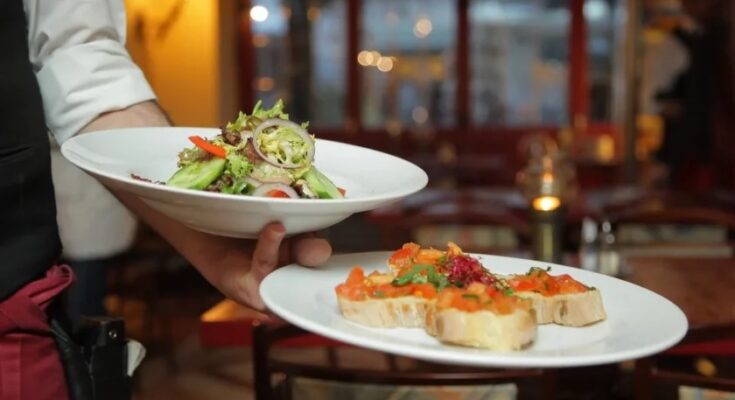In the intricate world of successful restaurant management, a delicate balance between culinary prowess and operational finesse must be struck. Achieving culinary excellence isn’t just about the delectable dishes served; it’s also a meticulous dance to minimize food spoilage and waste. Addressing this culinary conundrum requires a nuanced understanding of a restaurant’s unique demands, optimizing purchasing decisions, and tackling the root causes of spoilage.
Spoilage often stems from inadequate storage, subpar product rotation, and flawed refrigeration or temperature control. These culprits induce oxidation, enzymatic reactions, and chemical processes that compromise the freshness and quality of food. Physical damage during storage introduces contaminants, fostering the growth of harmful bacteria that can spread if not promptly addressed.
So, how are restaurant managers attempting to handle food spoilage and waste? Meticulous staff training dedicated to recognizing spoilage warning signs and implementing proper rotation practices are crucial. As are maintaining cleanliness, dryness, and organization in central kitchen locations. Beyond this overarching cleanliness, proper refrigeration solutions will also help battle against spoilage.
Mitigating food spoilage transcends conserving kitchen resources; it safeguards an establishment’s reputation and combats the rising tide of food insecurity. Whether overseeing a chain restaurant or a charming mom-and-pop spot, it’s imperative that there are measures put in place to prevent food spoilage and drastically curtail waste. For more information on the ways in which restaurants are achieving this, spend some time reviewing the resource supported alongside this post.
How Restaurants Can Reduce Food Spoilage this infographic was contributed by Portabull Storage, an organization offering the industry’s best electric reefer unit













